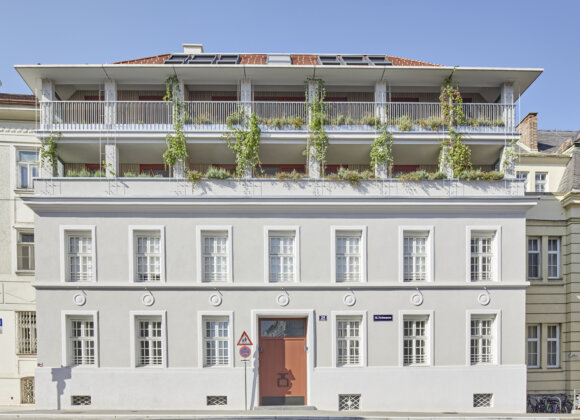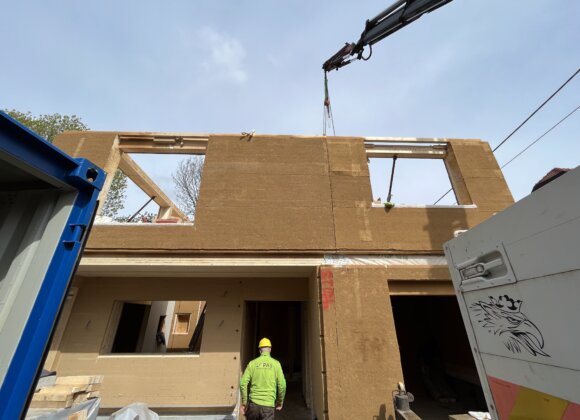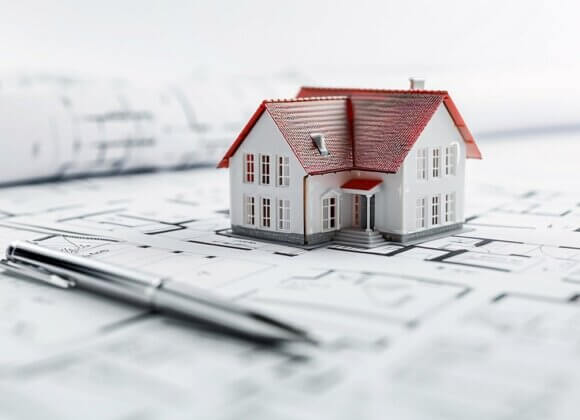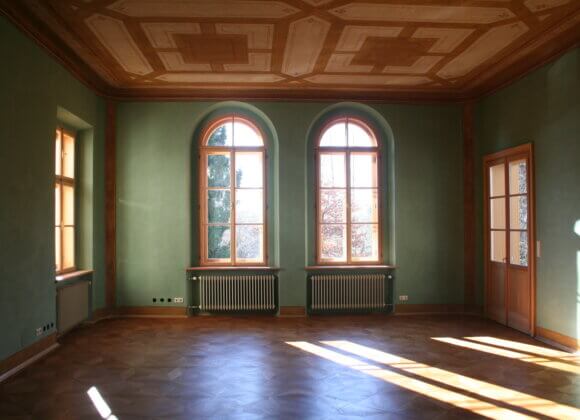Why modular construction is booming
Fast and efficient construction is required. This is where the prefabrication of components, and even entire room systems, comes in.
Modular construction is becoming increasingly popular: Single and multi-family homes, office buildings, schools, hospitals and many other buildings are increasingly being constructed using the colloquially known prefabricated construction method. Components are prefabricated in a production facility and delivered to the construction site, where they are assembled. “This makes construction significantly more efficient and faster,” says Bernhard Platter, authorized signatory of “Obenauf Generalunternehmung”, which only carries out loft conversions using modular construction methods. If, for example, an attic is converted using this construction method, the shell – i.e. the roof, ceiling and pitched roof, but also the stairs – is completed within two to four weeks. This is ten to 15 percent faster than with conventional construction methods. According to the Austrian Prefabricated House Association, it takes an average of nine to twelve months for a prefabricated house to be completed.
Timed schedule
The fact that the dream home can be realized so quickly is partly due to the high degree of prefabrication in the factory. The components are not only produced there regardless of the weather, but also extremely efficiently. The parts can even be fitted with insulation, water and electrical installations. “On the other hand, work can also be carried out on the construction site itself,” says Platter. This means that when constructing new buildings, for example, floor slabs or cellars can be built in the meantime, while the old roof is covered when converting the loft. “The fact that both happen in parallel reduces the time the building is without a roof – and therefore also the risk of water ingress in the event of heavy rainfall,” says Platter. In addition, modules made of wood eliminate the building moisture that occurs when cement and concrete are used.
More efficient assembly
Prefabrication in the precast factory also optimizes the deployment of skilled workers on the construction site itself. “You know exactly when which component will be delivered,” says Platter. The assembly and use of the trades required for the interior fit-out would be based on this. This is particularly important for projects that have to be built within a tight timeframe. For example, when expanding schools, for which only the summer vacations are usually available.
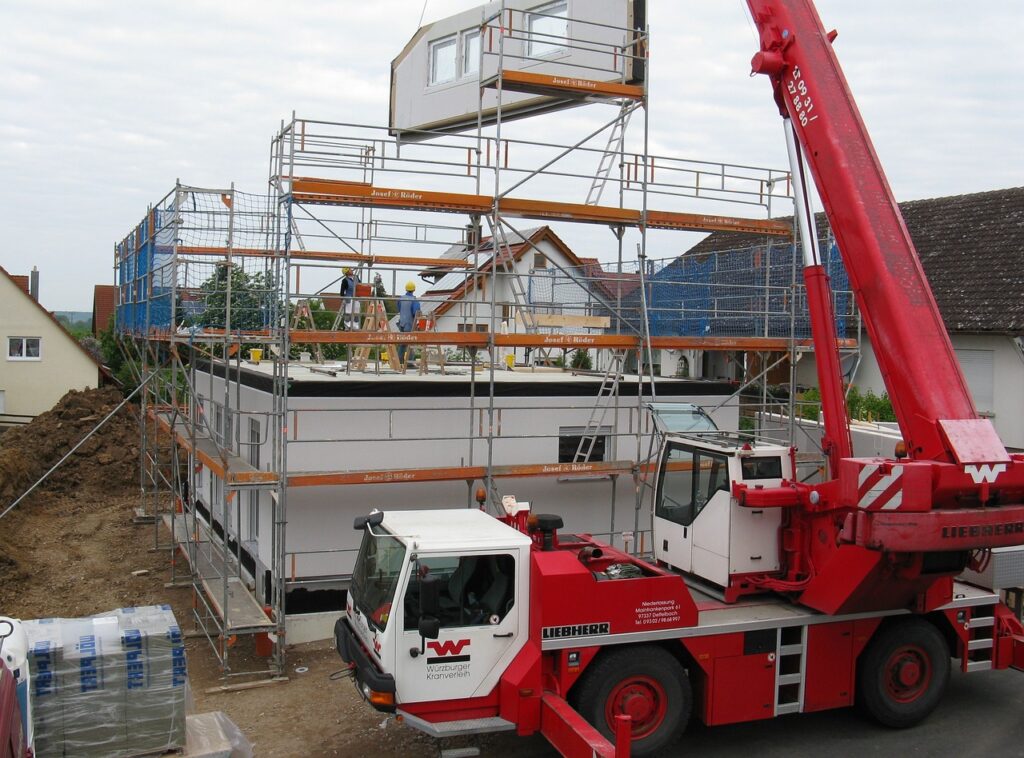
High quality
Prefabrication is also an important aspect of quality assurance: “On the construction site, it is not possible to work with the same millimeter precision and fit as in the production facilities,” says Platter. This not only improves quality, but also contributes to better use of resources, as less material ends up as waste. If the prefabricated elements are made of wood, there is another plus point, namely the sustainability of this natural building material. Speaking of sustainability: the number of journeys to and from the construction site can also be reduced thanks to the modular construction method.
Three types of modular construction
There are basically three different types of modular construction: In addition to the skeleton construction method, in which a skeleton made of wood, steel or reinforced concrete frame is supplemented with prefabricated wall, floor and ceiling panels, these are the large panel and container construction methods. In the former, the prefabricated floor and wall panels are assembled in a kind of construction site puzzle, while in the latter the building is completely produced and delivered in the factory – think of the so-called Tiny Houses.
Shorter construction time, lower costs through modular construction
“The shorter construction time naturally benefits the clients,” says Platter. This would generally mean lower construction costs. For example, by largely avoiding unforeseen, often time-consuming and cost-increasing complications in day-to-day construction work.
Modular construction requires precise planning
The modular construction method allows the flexibility desired by the building owners when planning the design. “But due to the prefabrication, it is almost impossible to make changes later on. This means you have to know which building services are needed and where the shafts for them should run before production begins. This requires cross-trade thinking and integrated planning,” says Platter.
The logistics challenge
However, construction site logistics can also become a challenge under certain circumstances: For example, if power lines or the lack of an inner courtyard make it difficult to set up a crane. Or when large components need to be transported from the production facility to the construction site.
Related posts:



